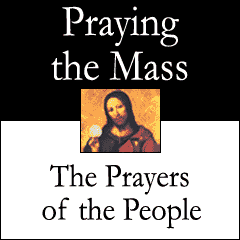Book Review: “Heartland: a parable” by Charles Fivaz (Book Pal, 2010)
By David Schütz
When Jesus wanted to get a difficult concept across to his disciples, he invariably used a parable. Charels Fivaz has written “a parable” to help his readers to realise that by their divisions “Christians…are living a profound contradiction that amounts to a scandal” (Foreword).
“Heartland” is Charles’ first published story, a “novella” which comes in at just under 100 pages and can easily be read in one sitting. It tells the story of Hannah, a young girl whose mother has recently died. Hannah runs away from her homeland to seek her mother’s people. When she arrives among her mother’s people, she finds that they do things differently from the way she was brought up, yet she also learns to appreciate their way of life. Still, she finds that far from being at the end of her journey, she is only just the beginning. She travels to other lands and to other tribes and experiences the way they live before finally reaching the goal of her pilgrimage.
Her distraught and grieving father sets out to find her, following in her footsteps but always remaining just one step behind his daughter. Her search becomes his also, as he tries to understand her motives and what drives her. He is joined by those among whom she lived on her journey, until they are all drawn together at her final destination.
“Heartland” has a map at the start to help the reader visualise Hannah’s journey. The country is divided into four parts by borders in the shape of a cross, with a “vacant” territory in the centre roughly in the shape of a heart. This gives the story its title, “Heartland”.
Strictly speaking, Charles’ “parable” is actually more of an allegory than a parable, and imitates the form of John Bunyan’s “Pilgrim’s Progress”. C.S. Lewis’ first book was also in this genre (“Pilgrim’s Regress”), but Charles’ story also has something in common with Lewis’ other best seller, “Mere Christianity”.
The allegory can be viewed as a journey to the centre, a journey to the heart, in which the traveller learns something important about the nature of the Christian community while experiencing both the richness and the contradiction of the many different ways in which Christianity is practiced. It holds out hope that there is a way in which these divided “lands” might come together in the common “Heartland” from which they have their origins.
Charles has put a lot of imagination into writing this allegorical novella, and shows considerable talent for story telling. Those who live in “interchurch families” – families in which the parents belong to different Christian denominations – will find this especially useful, as will anyone who is struggling for a way to overcome the division between Christians which “openly contradicts the will of Christ, scandalises the world, and damages the holy cause of preaching the Gospel to every creature” (Vatican II).
“Heartland: a parable” is available for purchase at http://www.bookpal.com.au







